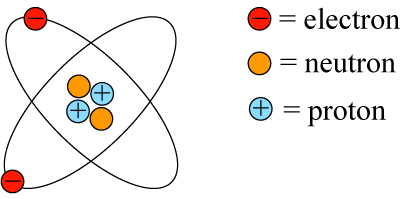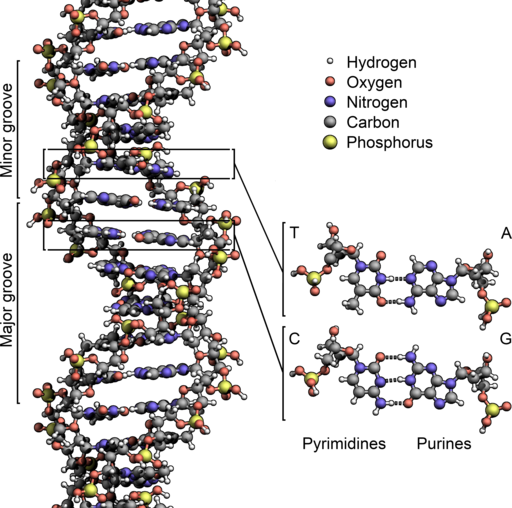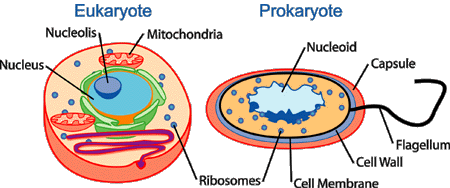Several years back I published two blog entries about Christmas, more specifically about the Three Kings and their gifts. I am sharing them again, together, below. But before you jump down, I want to address the first blog and discuss the information I gave there. I talk about the "Magi" and how they may have known of the coming of the Messiah because of Daniel. Daniel was made the administrator over all of the Wise Men (Magi means Wise Men) of Babylon by King Nebuchadnezzar:
So it is possible that the "Kings" coming to see Jesus were really wise men from Babylon, who learned of His coming through the teachings of Daniel many years earlier.
Ok, so far so good. But in the next paragraph I say that the vision of the 70 weeks from Daniel 9 points to the "birth" of the Messiah and that is why the three Kings knew to follow the star.
But that is not what Daniel 9:25 says. It says "from the going forth of the command to restore and build Jerusalem until Messiah the Prince, [There shall be] seven weeks and sixty-two weeks..."
If you look at this verse more closely, it says there will be 69 weeks (of years? = 483 years) from the command to rebuild Jerusalem until the Messiah is proclaimed as Prince or King. So it most likely was not the arrival of the Magi that happened per Daniel 9 but possibly the Triumphal Entry of Jesus into Jerusalem as described in the Gospels, where the people called out “Hosanna! Blessed is He who comes in the name of the LORD!"
Now this day has been calculated by some to be the date April 6, 32 AD, which also happened to be the 10th of Nisan on the Jewish calendar, the day when the Passover lamb was chosen for the sacrifice. If we count back from this date 483 years (360 day years) we land on March 14, 445 BC which is suspected to be the day that Artaxerxes Longimanus issued a decree to rebuild Jerusalem, thus matching Daniel 9:25.
However, not everyone agrees with this date or this decree since several decrees were issued prior to this, most notably that of Cyrus in 538 BC, but the decree of Ataxerxes was the only one to allow the rebuilding of the walls of the city. Another date given for Atarxerxes' decree is March 5, 444 BC.
Also, why was the time split into 7 weeks of years and 62 weeks? It is suspected that the 7 weeks was the time required to rebuild the city.
Now there are many interpretations of these dates and times as well as what constitutes a year and the "end" of the 69 weeks of years. Issues come with using a prophetic calendar year (360 days) or a current calendar year (365) plus leap years (different for Jewish calendars verses the accepted calendar of today). Next, there are four possible "decrees" that could establish the starting date - from Cyrus, Darius, and Artaxerxes.
Also, the time period is questioned in why is it divided into 7 + 62 + 1? Could there be different time periods in each and not literally 7 years for each week? Finally, what constitutes the endpoint of the 69 weeks? Is it the Triumphal Entry, or the baptism by John at the start of Jesus' public ministry or is it His birth as I mentioned in the earlier blog entry?
I think all of this creates a fascinating study into one of the greatest prophesies of the Old Testament. Like many of the Old Testament prophesies we may never know the answer in this life!
We commemorate the manifestation of Christ to the gentiles in the persons of the Magi on the Twelfth-day of Christmas - January 6. It is called the Epiphany.
====================================================================
At Christmas we sing the carol: "We three Kings of Orient are..."
Bearing gifts we traverse afar
Field and fountain, moor and mountain
Following yonder Star
But were they Kings? Were there just three? Did they come from the Orient? Did they really follow a star? Did they bring Gold, Frankincense and Myrrh? We talked of Gold in the last blog being the metal of Kings. So what are the other two? Over the next few blogs we will look at the three Kings, the three Gifts and the three Destinies of Jesus.
So what about the three Kings? The Bible calls them Wise Men, not Kings. The word for Wise Men in the Greek is magos, where we get the term Magi. Were there three? The Bible does not say how many came. It speaks of three Gifts but those Gifts could have been brought by one or many. Magos is a plural noun so there was most likely more than one. It is also unlikely that they would travel so far in such a small group.
The Bible says the Magi came from the East. But does the East mean the Orient? The Bible does not say the Orient specifically, just from the East. The word magos, however, was a name given to teachers, astrologers, seers and interpreters of dreams by the Babylonians (Chaldeans), Medes and Persians. This could put the Wise Men as coming from Babylon (east of Bethlehem) where Daniel had been in captivity almost 500 years earlier. Daniel was made the ruler of the Wise Men in that day when he interpreted the King's dream. (Daniel 2)
was to be born and watched for His Star
A number of years later Daniel remembered that God had said the Jews would be in captivity for 70 years, a time that was nearing completion, and he set himself to pray to God to keep His covenant. The Angel Gabriel came in response to his prayer and prophesied the birth of the Messiah in 69 weeks (of years) from the rebuilding of the Temple in Jerusalem. The 69 weeks of years would mean 483 years from the rebuilding of the Temple the Messiah would be born, precisely the time when the Magi arrived following the star. Could it be because of Daniel and this prophesy that the Magi knew of the star that would point them to the birthplace of Jesus? (Daniel 9)
====================================================================
In our last blog, we talked about the Star of Bethlehem, the Wise Men, and the three Gifts they brought to Jesus - Gold, Frankincense and Myrrh. So what were these gifts and why did the Wise Men choose them to give?
We know that Gold is the metal of Kings as was mentioned in a previous blog. It was, and still is, a precious metal due to its relative scarcity, its unusual color and lustre, and its malleability. It is well suited for ornamentation and decoration in art or jewelry and for signifying wealth, things important to kings and princes (and princesses!). The Magi brought Gold to recognize Jesus' kingship.
The essential oil of Frankincense, produced by steam distillation of the tree resin, contains monoterpenes, sesquiterpenes, monoterpenoles, sesquiterpenols, and ketones. Terpenes are a class of molecules that typically contain either ten or fifteen carbon atoms built from a five-carbon building block called isoprene. These are volatile aromatic hydrocarbon esters used in incense and perfumes. Frankincense has a good balsamic and sweet fragrance. Many terpenes such as menthol (found in throat lozenges) and camphor also have medicinal values.
Leviticus 6:15 - "He shall take from it his handful of the fine flour of the grain offering, with its oil, and all the frankincense which [is] on the grain offering, and shall burn [it] on the altar [for] a sweet aroma, as a memorial to the LORD. (NKJV)"
Myrrh is a reddish resin that comes from the species Commiphora myrrha, a plant native to northeast Africa and the adjacent areas of the Arabian Peninsula. It is gathered in the same fashion as Frankincense, as pearls of dried resin from striping the tree. Myrrh is an aromatic oleoresin consisting of sterols and volatile oils. It can also be found in a liquid form. So valuable was it at times in ancient history that, ounce for ounce, it was more costly than gold. Because Myrrh was used in the embalming or anointing of the dead, it came to represent mortality, suffering, and sorrow.
The Magi brought Myrrh to symbolize the hardship, suffering and death that Christ would endure as our Savior.
Our King, Priest and Savior!
Thus these three gifts foretell of the three destinies of Jesus - King, Priest and Savior. Jesus came 2000 years ago as our pure and spotless lamb of God, offered up for us on a cross, a Savior for us, dying for the forgiveness of our sins. Myrrh symbolized His impending death.
John 19:39-40 - "And Nicodemus, who at first came to Jesus by night, also came, bringing a mixture of myrrh and aloes, about a hundred pounds. 40 Then they took the body of Jesus, and bound it in strips of linen with the spices, as the custom of the Jews is to bury. (NKJV)"
He is now our Great High Priest in heaven, interceding for us with His Father. Frankincense symbolized His Priesthood and prayers for us.
Gold symbolized His Kingship. He will return as a King, ruling and reigning over the Earth in the millennium that follows His return.
He is coming soon!









